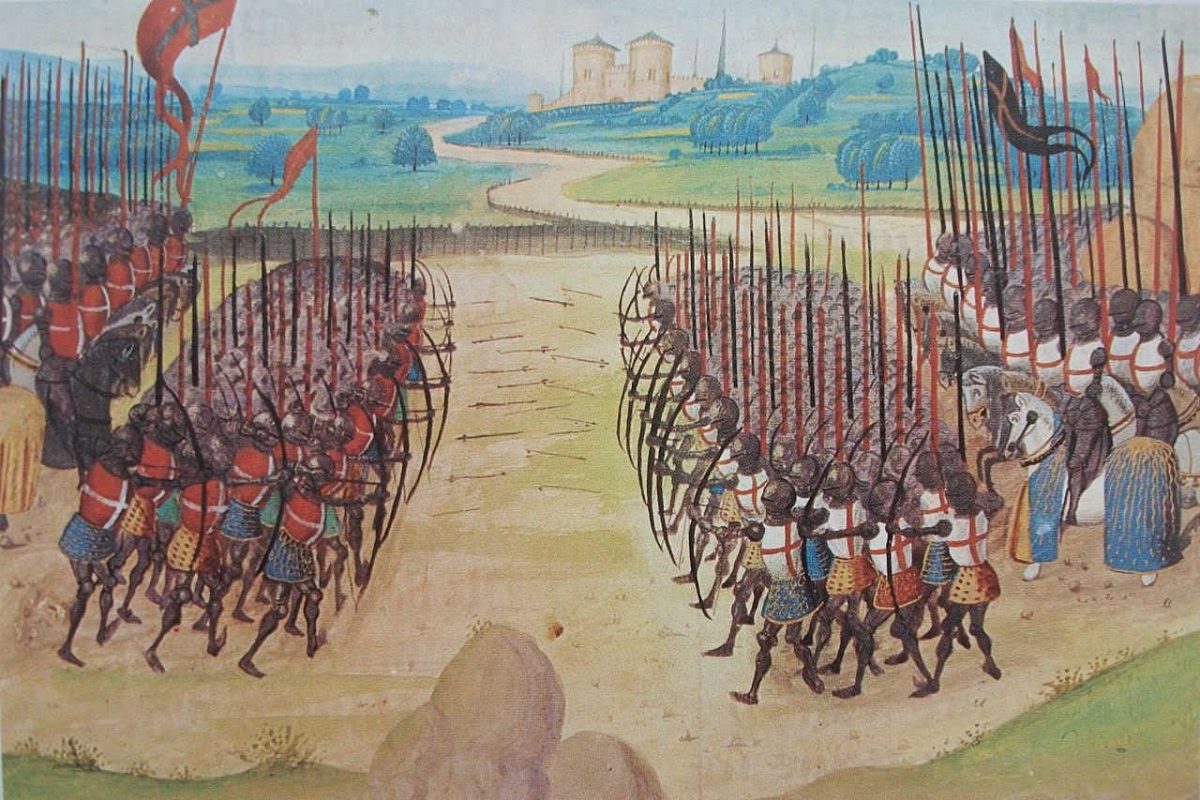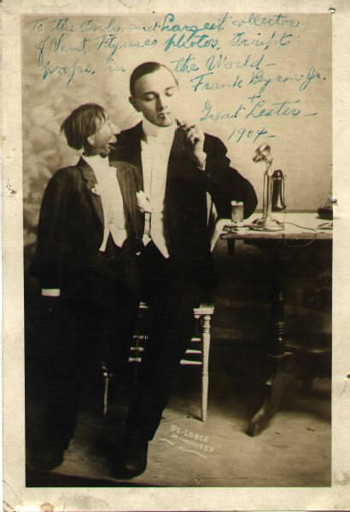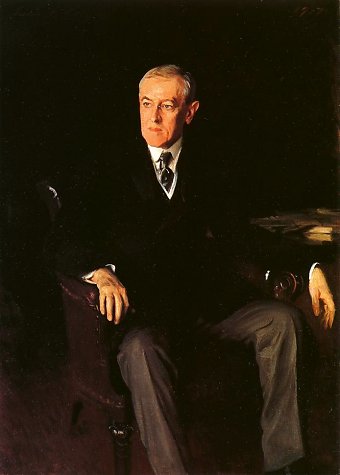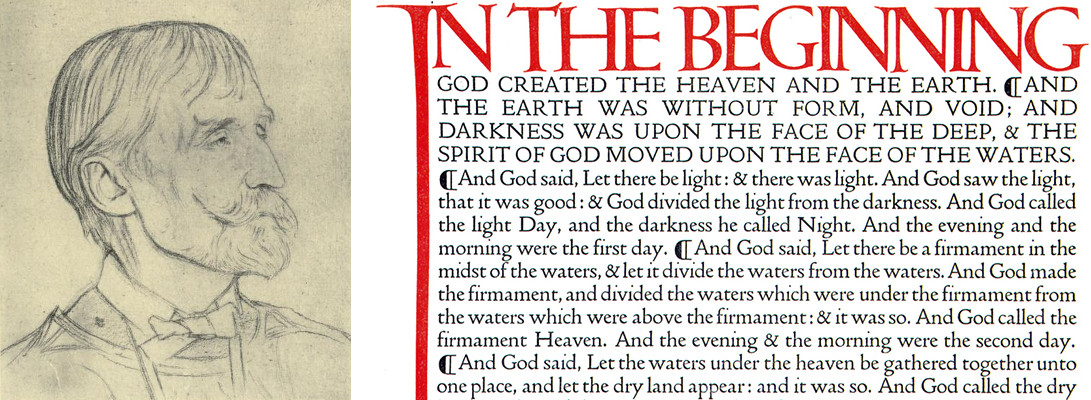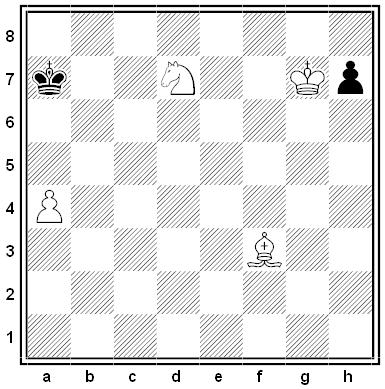Excerpts from the notebooks of English belletrist Geoffrey Madan (1895-1947):
“Work shapes the mind; leisure colors it.” — Revd. James Dolbear (1861)
“In language, the ignorant have prescribed laws to the learned.” — Richard Duppa
“To speak highly of one with whom we are intimate is a form of egotism.” — Hazlitt
“Who loves, will not be adored.” — Revd. J.C. Lavater
“While philosophers were looking for a characteristic to distinguish man from other animals, inconsistency ought not to have been forgotten.” — Richard Duppe
“Never be afraid to think yourself fit for anything for which your friends think you fit.” — Dr. Johnson
“What passes in the world for enterprise is often only a want of moral principle.” — Hazlitt
“I see no reason to suppose that these machines will ever force themselves into general use.” — Duke of Wellington on Steam Locomotives, 1827
“The room smelt of not having been smoked in.” — R.A. Knox
“Never make a god of your religion.” — Sir Arthur Helps
Treachery is the very essence of snobbery.
Alive, in the sense that he can’t legally be buried.
To forget your own good sayings is the mark of intellectual aristocracy.
Conservative ideal of freedom and progress: everyone to have an unfettered opportunity of remaining exactly where they are.
“Perhaps the most lasting pleasure in life is the pleasure of not going to church.” — Dean Inge

